Accept all cookies Accept only essential cookies See our Cookie Notice

About ESA
The European Space Agency (ESA) is Europe’s gateway to space. Its mission is to shape the development of Europe’s space capability and ensure that investment in space continues to deliver benefits to the citizens of Europe and the world.
Highlights
ESA - United space in Europe
This is ESA ESA facts Member States & Cooperating States Funding Director General Top management For Member State Delegations European vision European Space Policy ESA & EU Space Councils Responsibility & Sustainability Annual Report Calendar of meetings Corporate newsEstablishments & sites
ESA Headquarters ESA ESTEC ESA ESOC ESA ESRIN ESA EAC ESA ESAC Europe's Spaceport ESA ESEC ESA ECSAT Brussels Office Washington OfficeWorking with ESA
Business with ESA ESA Commercialisation Gateway Law at ESA Careers Cyber resilience at ESA IT at ESA Newsroom Partnerships Merchandising Licence Education Open Space Innovation Platform Integrity and Reporting Administrative Tribunal Health and SafetyMore about ESA
History ESA Historical Archives Exhibitions Publications Art & Culture ESA Merchandise Kids Diversity ESA Brand Centre ESA ChampionsLatest
Space in Member States
Find out more about space activities in our 23 Member States, and understand how ESA works together with their national agencies, institutions and organisations.
Science & Exploration
Exploring our Solar System and unlocking the secrets of the Universe
Go to topicAstronauts
Missions
Juice Euclid Webb Solar Orbiter BepiColombo Gaia ExoMars Cheops Exoplanet missions More missionsActivities
International Space Station Orion service module Gateway Concordia Caves & Pangaea BenefitsLatest
Space Safety
Protecting life and infrastructure on Earth and in orbit
Go to topicAsteroids
Asteroids and Planetary Defence Asteroid danger explained Flyeye telescope: asteroid detection Hera mission: asteroid deflection Near-Earth Object Coordination CentreSpace junk
About space debris Space debris by the numbers Space Environment Report In space refuelling, refurbishing and removingSafety from space
Clean Space ecodesign Zero Debris Technologies Space for Earth Supporting Sustainable DevelopmentLatest
Applications
Using space to benefit citizens and meet future challenges on Earth
Go to topicObserving the Earth
Observing the Earth Future EO Copernicus Meteorology Space for our climate Satellite missionsCommercialisation
ESA Commercialisation Gateway Open Space Innovation Platform Business Incubation ESA Space SolutionsEnabling & Support
Making space accessible and developing the technologies for the future
Go to topicBuilding missions
Space Engineering and Technology Test centre Laboratories Concurrent Design Facility Preparing for the future Shaping the Future Discovery and Preparation Advanced Concepts TeamSpace transportation
Space Transportation Ariane Vega Space Rider Future space transportation Boost! Europe's Spaceport Launches from Europe's Spaceport from 2012Latest
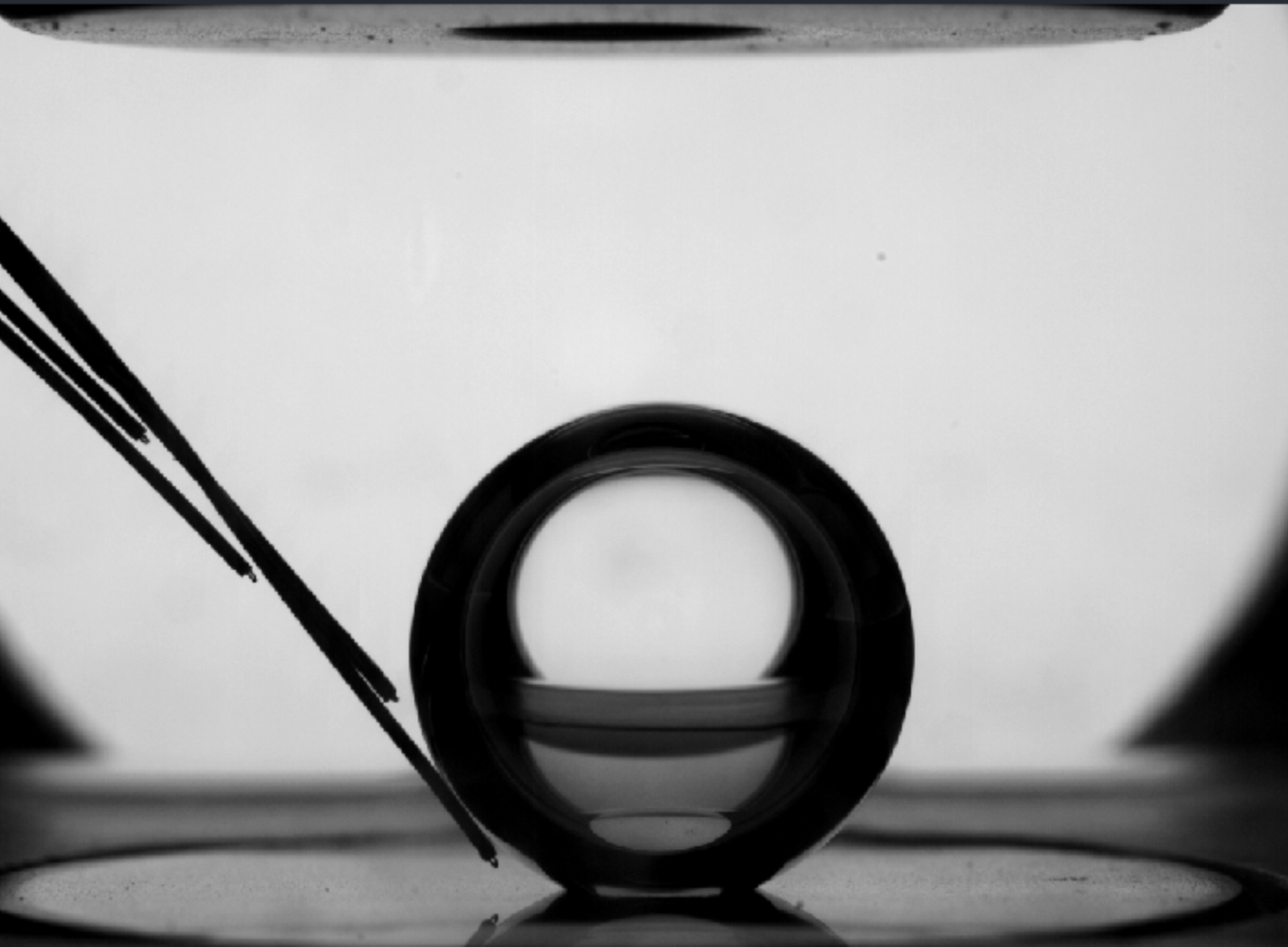
Space bubble
Thank you for liking
You have already liked this page, you can only like it once!
Things got heated on the International Space Station this week after the Multiscale Boiling experiment, known as Rubi, was successfully switched on.
ESA astronaut Luca Parmitano installed the shoe box-sized container studying the boiling process in the Fluid Science Laboratory of the Columbus module after its arrival on a Dragon cargo resupply mission in August.
The experiment is now in full swing and generated its first bubble under controlled conditions.
While the bubbles form, a number of measurements are taken. The temperature sensor in the left of this image measures bubble temperature while a high-speed camera records how the bubbles behave and an infrared camera tracks the temperature of the heated region.
Scientists will also observe and quantify the effect of external forces on the boiling process.
Rubi is equipped with an electrode to assess the effect of the electric field on the bubbles, as well as a small pump that, when activated, will get the liquid moving to evaluate flow on the boiling process.
Why space bubbles?
Scientists are investigating the boiling process in space mainly for two reasons.
Running this experiment in weightlessness has the advantage that the boiling process takes place in slow motion and the bubbles generated are much larger than on Earth allowing researchers to investigate details of the process in high resolution.
Boiling is a common process in many applications such as refrigeration or cooling of high-performance electronic devices. This research will provide valuable information for designing thermal management systems in a more efficient way, both in space as well as on Earth.
Rubi will run for five months on the International Space Station, during which time more than 600 test runs are planned.
Follow the Rubi experiment on social media for regular updates and more bubbly images and videos.
-
CREDIT
ESA -
LICENCE
ESA Standard Licence
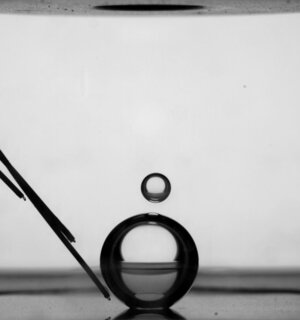
Bubbles from Multiscale Boiling experiment on Space Station
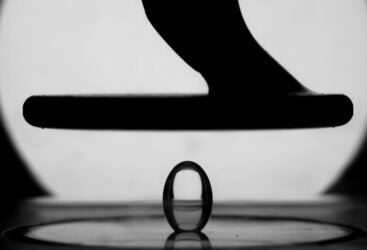
Space bauble
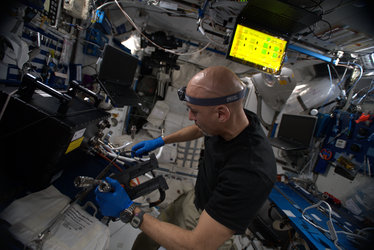
Reconfiguring Rubi
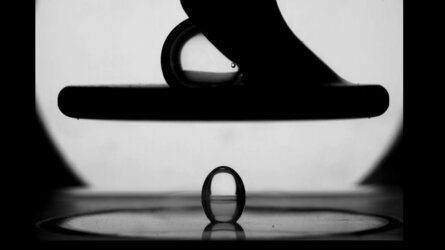
Boiling. We research. You benefit.
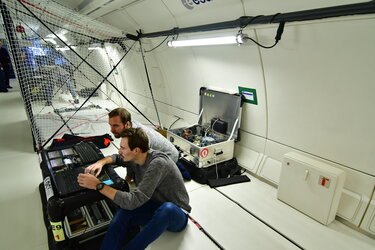














 Germany
Germany
 Austria
Austria
 Belgium
Belgium
 Denmark
Denmark
 Spain
Spain
 Estonia
Estonia
 Finland
Finland
 France
France
 Greece
Greece
 Hungary
Hungary
 Ireland
Ireland
 Italy
Italy
 Luxembourg
Luxembourg
 Norway
Norway
 The Netherlands
The Netherlands
 Poland
Poland
 Portugal
Portugal
 Czechia
Czechia
 Romania
Romania
 United Kingdom
United Kingdom
 Slovenia
Slovenia
 Sweden
Sweden
 Switzerland
Switzerland

























